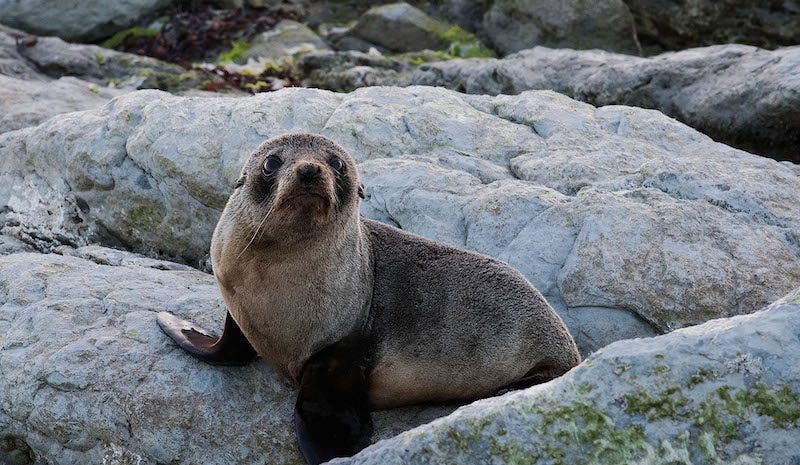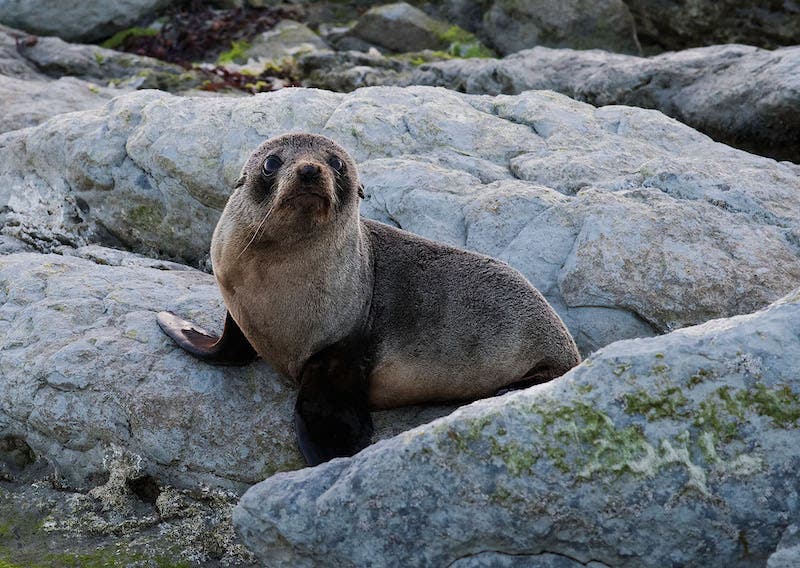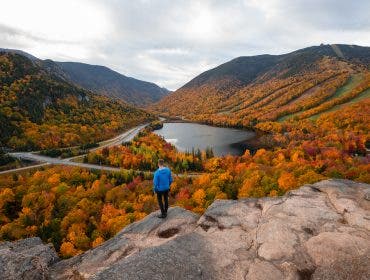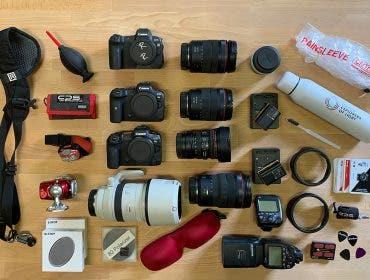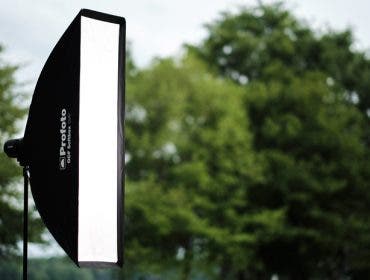Wildlife photography requires knowledge, planning, and patience. You have to be willing to spend time researching, learning about animal behavior, and tracking them in remote areas. In addition, wildlife photography requires expensive gear and accessories that include fast cameras, telephoto, and super-telephoto lenses, fast memory cards, and reliable batteries. But all the hard work and expense are forgotten when you photograph a wild animal in its environment and capture unique and authentic life moments.
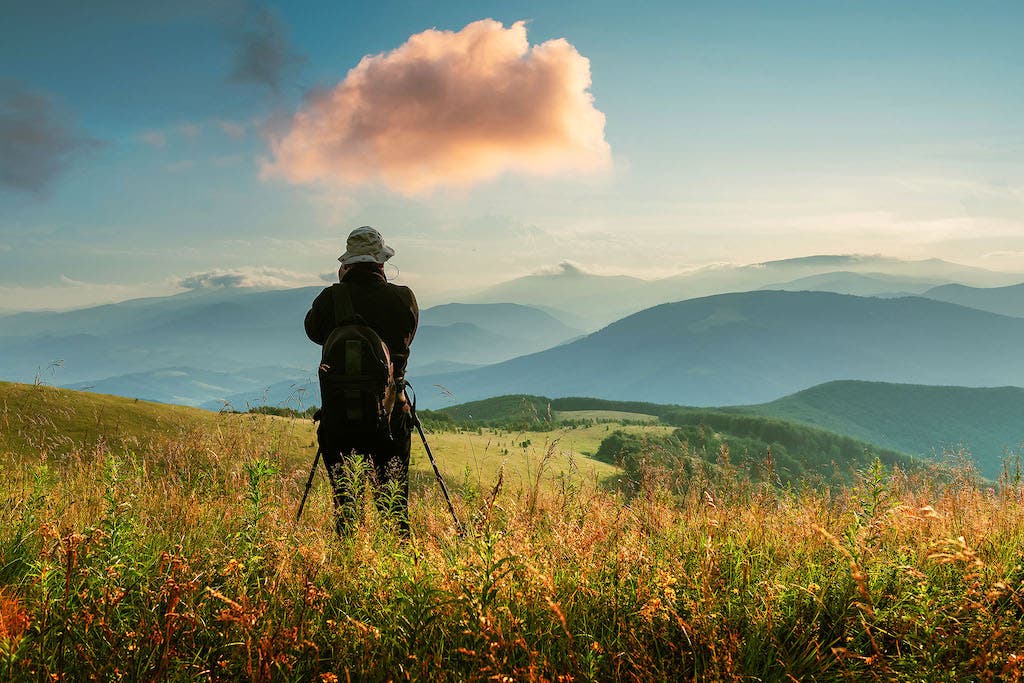
Wildlife photographers carry heavy equipment, and there is a reason for that. You can’t afford to be in the middle of nowhere and not have all you need with you. Alongside the camera and lenses, wildlife photographers rely on accessories to improve their efficiency, speed, and quality of work. Check out the most useful accessories for wildlife photography.
Binoculars
Wildlife photographers spend most of their time scanning the land for animals. Because you can’t get very close to them, you have to rely on the magnification power of your lenses. However, telephoto lenses are heavy and difficult to move around 360 degrees. So instead of scanning the land using the lens, most wildlife photographers prefer to use a set of binoculars.
A set of binoculars is lighter and provides much more mobility. Furthermore, if you use a set of binoculars with the same magnification as your lens, you can get a good idea of how close you need to get, by just using your binoculars.
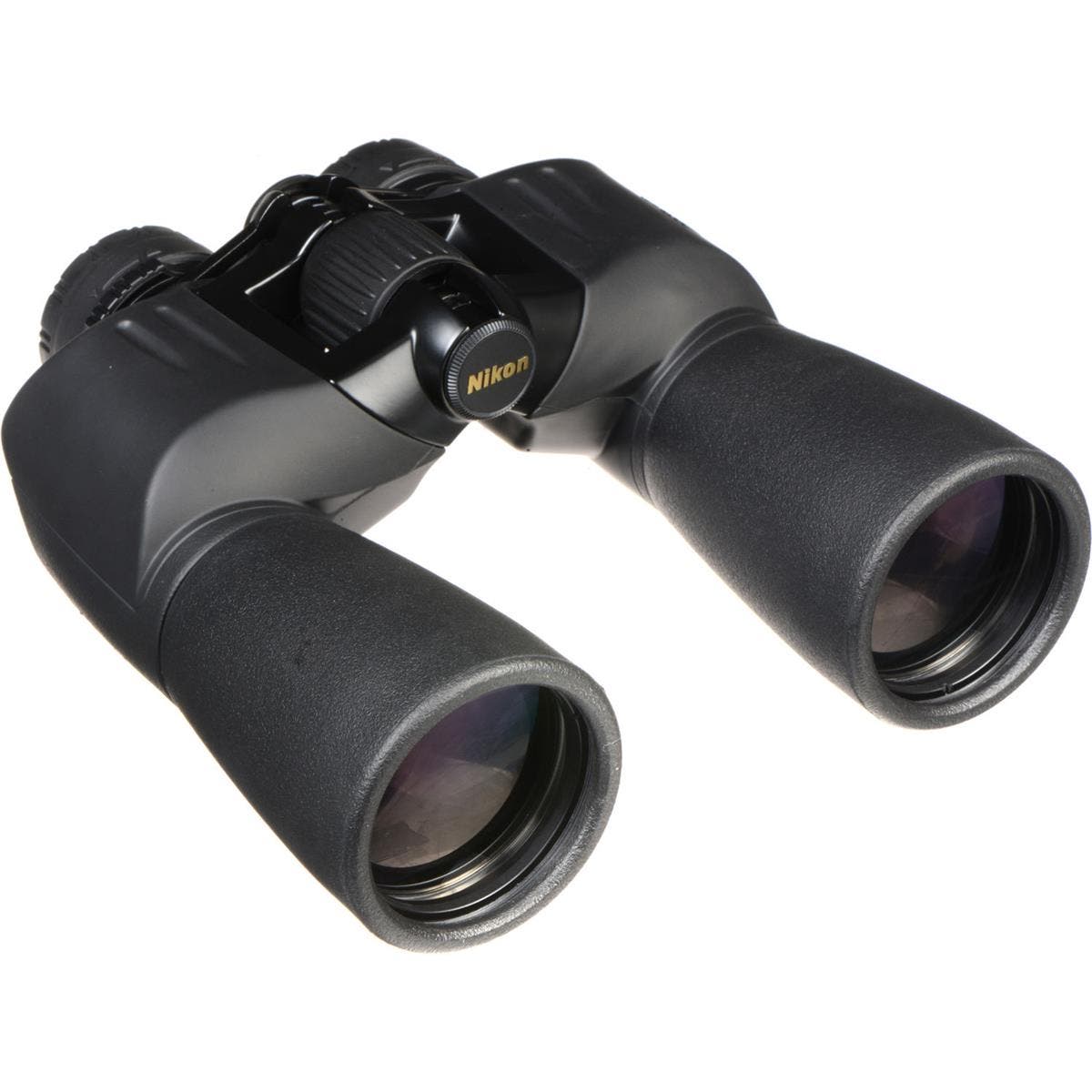
For a full-frame DSLR, you can find the magnification of your lens by dividing the focal length by 50mm (i.e. what we consider to be the normal perspective of the human eye). For example, Canon EF 600mm f/4L IS III USM lens has a 600mm focal length and will give you a 12x magnification. The magnification power of a good set of binoculars varies between 6x and 12x.
A Solid and Versatile Tripod
A tripod is an indispensable accessory for wildlife photography. Telephoto lenses are heavy and sensitive to movement. A tripod helps you stabilize the camera and lens and reduce the risk of blurring your photos. Furthermore, you don’t have to support the weight of the lens while waiting for the perfect moment to press the shutter release.
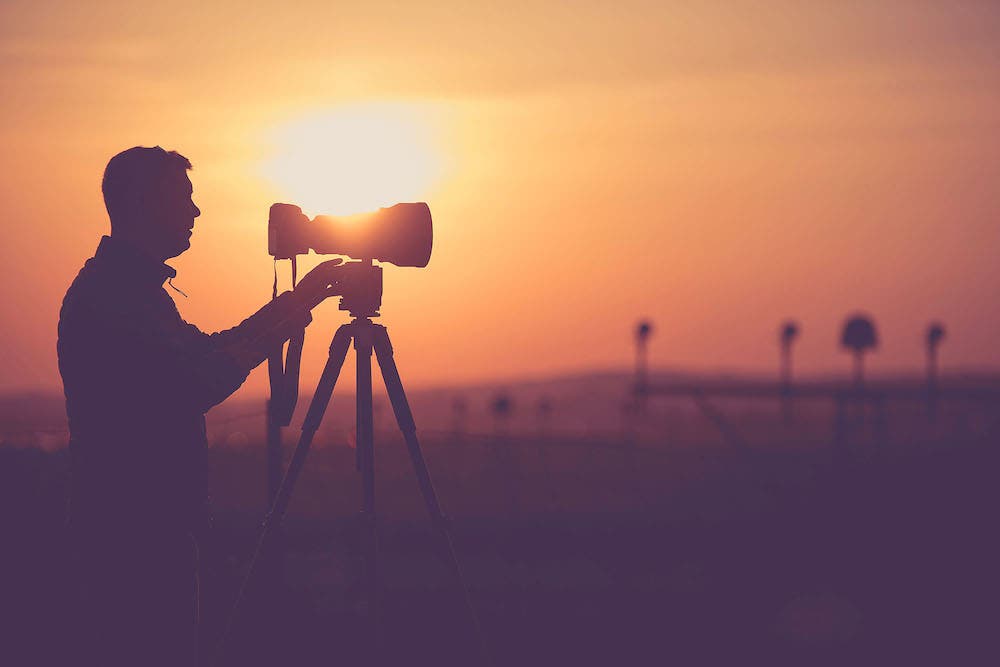
Many wildlife photographers set up a base where they install the camera, camouflage, and scan the land. They need to pan and tilt the camera fast. At the same time, they need to keep the camera aligned with the horizon. A gimbal head tripod makes things easier for wildlife photographers. It supports both the camera and a super-telephoto lens while holding the position by itself. It remains flexible in every direction, whenever you want to point your lens at a different subject or even follow its movements.
A Backpack Designed for Wildlife Photographers
How you carry your gear affects the way you take photos. First of all, telephoto lenses are large and heavy and need solid storage space. Then, they are expensive, and you probably want to keep them functional as long as possible. Last but not least, wildlife photography requires speed and being prepared at all times. You want a backpack that can accommodate a camera with a lens attached. As a result, you need a backpack designed for wildlife photographers. You should look for back padding, comfortable straps, inside padding, tripod support, and big capacity.
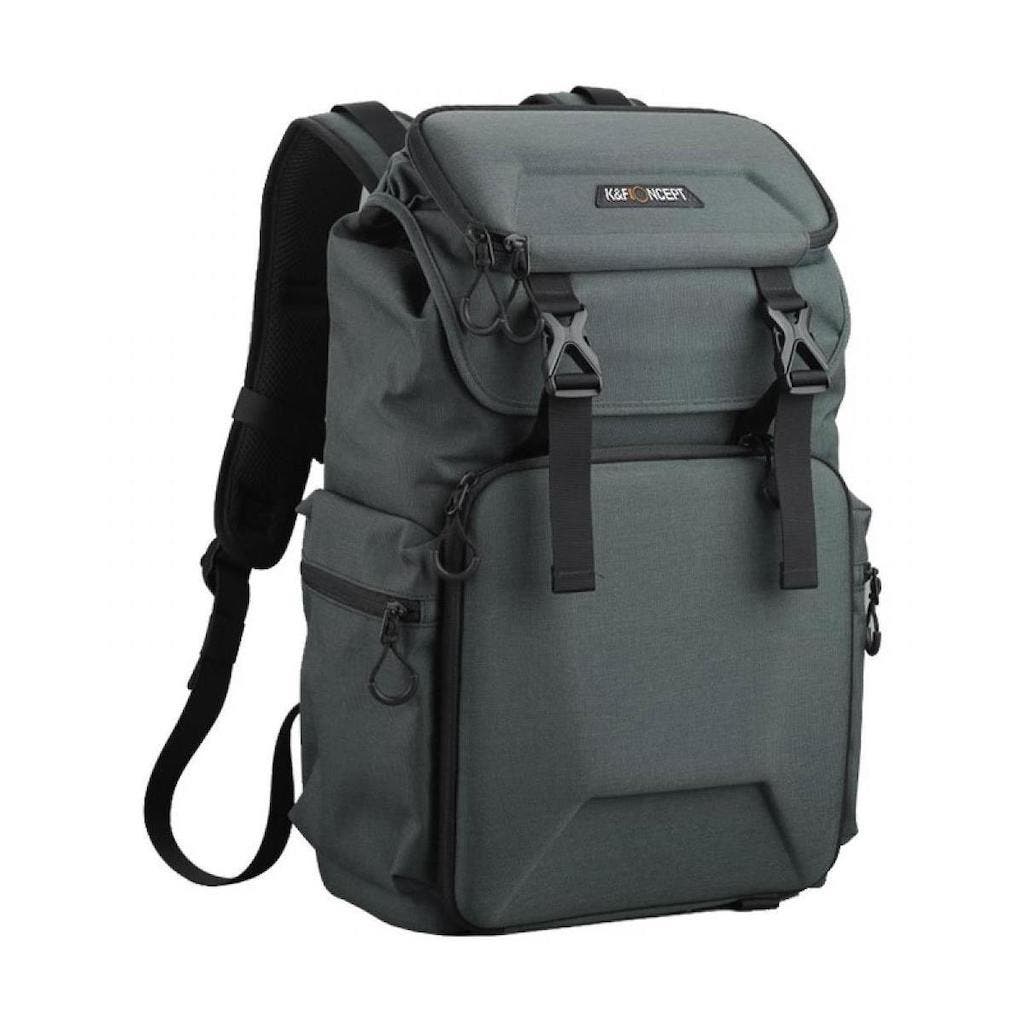
However, carrying the equipment around isn’t the only reason for choosing your storage space wisely. For example, you need to have quick access to lenses and accessories. Also, you need to be able to use something without making any noise. So make sure your backpack has plenty of easily accessible compartments or choose alternative storage for frequently used items. For example, you can keep a small camera bag on you or use clothing with many pockets.
Rain Covers and Lens Hoods
A wildlife photographer should carry more than one rain cover. First of all, you’ll need one for your camera and lenses. Then, you’ll need one for your backpack to protect the rest of the equipment. Finally, you’ll also need one for you as standing in the rain for a long time can be very unpleasant.
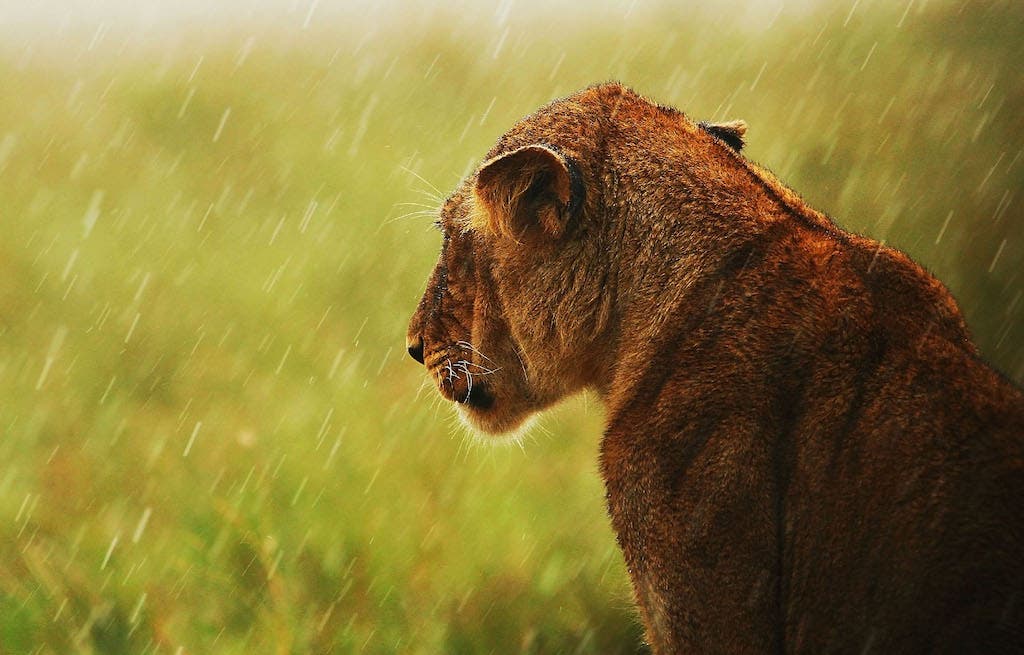
Consider some protection for sunny days too. Lens hoods, UV filters, and a hat can come in very handy.
Teleconverters
A telephoto lens has either a fixed focal length or a limited range of focal lengths. When you need a longer focal length than your lenses can offer, you can buy a more expensive lens or use a teleconverter.
A teleconverter is a magnifying lens that increases the focal length of your regular lens. You place it between camera and lens, and you increase your photographic reach. Teleconverters offer a magnification between 1.4x and 2x and cost somewhere between $130 and $600. For example, you can increase the focal length of a Nikon 300mm f/2.8 VR II lens from 300mm to 600mm with a 2x converter. On the other hand, the price difference between a Nikon 300mm lens and a Nikon 400mm lens can go up to $5000. Keep in mind that you have to buy a teleconverter produced by the same manufacturer as your lens. If you have lenses from multiple manufacturers, you’ll need multiple teleconverters.
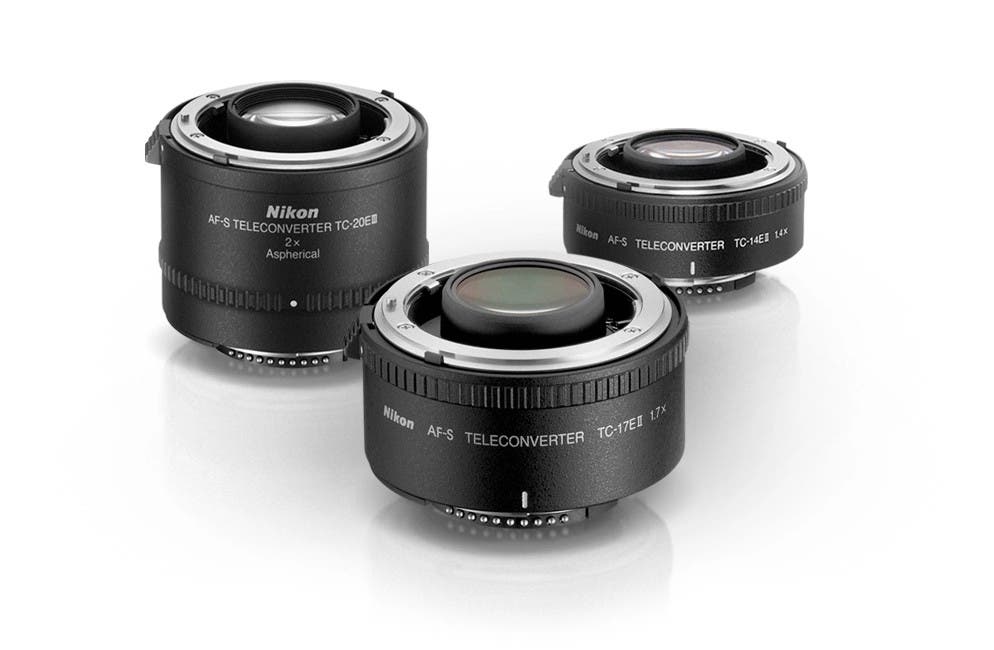
As with any short cut, teleconverters have a few drawbacks. The most problematic of them is image quality. With a 400mm lens and a 2x teleconverter, you won’t have the same image quality as with an 800mm lens. In addition, teleconverters may magnify chromatic aberrations and other lens imperfections.
Another disadvantage is the reduction of the widest aperture you can use. When you add a teleconverter, you increase the focal length but have the same lens glass diameter. To find the new widest aperture available, you have to multiply the smallest f-number of the lens with the magnification of the teleconverter. For example, the f/2.8 aperture of the Nikon 300mm f/2.8 VR II lens will become f/5.6, which means less light entering the camera. In low lighting conditions, you may need to reduce shutter speed and risk blurring your photos or increase the ISO value and risk adding grain noise.
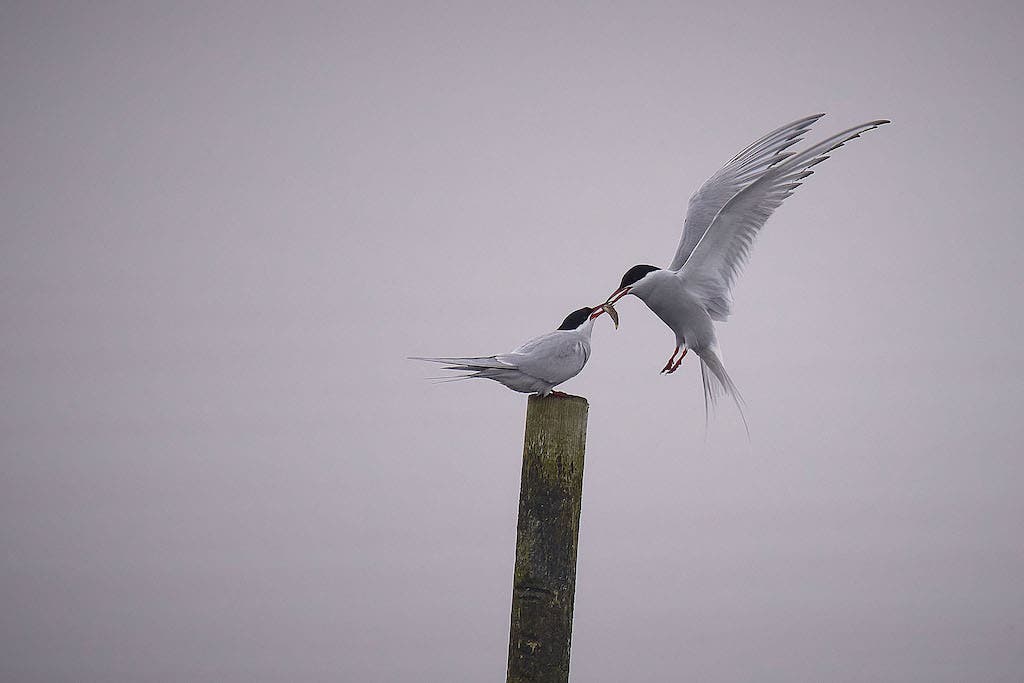
A Battery Grip
Because you can wait a long time to get the perfect shot, running out of battery at the worst time is something to consider. Especially in cold weather, the battery can let you down much early than you expect. Moreover, changing batteries can make noise and scare your subject.
A battery grip can hold more than one battery and extend the battery life of your camera. It may be challenging to handle and heavy, but wildlife photographers often use tripods anyway. In addition, battery grips allow you to shoot vertically and come with an extra shutter release and other useful controls.
Concluding words
A few well-chosen accessories can make your life as a wildlife photographer easier. While the focus remains on choosing the best camera and lenses that match your purpose, accessories increase your efficiency and give you more freedom in framing and composition. They also help you take great pictures in any weather conditions and react fast to unexpected situations.
Preparation for wildlife photography starts way before traveling to the location. So learn to use your wildlife photography accessories, practice taking action shots and snapshots, and experiment with different weather and terrain. More than anything, remember that the welfare of wild animals is the most essential aspect of wildlife photography.
